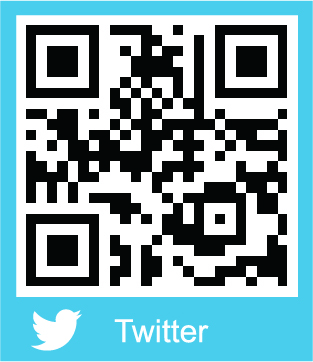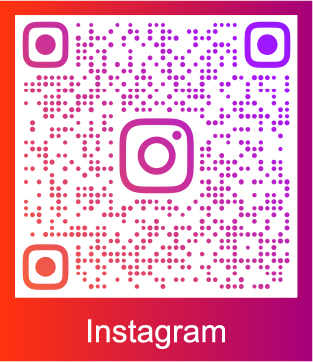China Issues Its First Accessible Maps Using Digital Tactile Printing Technology
October 15 marks the 42nd International White Cane Day, a global event that raises awareness about the rights and inclusion of people with visual impairments. According to the World Health Organization, China has more than 17 million visually impaired individuals who face unique challenges in spatial understanding and access to information. To mark the occasion, Star Map Publishing House and the China Braille Press jointly released the Accessible Map of China and the Accessible World Map on October 13 at the China Braille Library. This is the first large-scale publication of tactile maps in the country, representing a major milestone in accessible publishing.
These maps use advanced digital tactile printing technology, transforming how tactile maps are created. Traditional methods relied on mold pressing, which limited detail, durability, and the amount of information that could be included. The new technology uses raised dots, lines, and textures to enhance precision and durability, allowing users to “feel” geographical information more clearly. The Accessible Map of China highlights provinces, municipalities, and landmarks such as the Great Wall and the Yellow River, helping users understand spatial relationships and navigate daily life. The Accessible World Map differentiates continents and oceans through varied textures, making global geography easier to explore through touch.
The maps follow national geographic data standards and the unified Chinese Braille system, ensuring accuracy and inclusiveness. Bao Guohong, Deputy Editor-in-Chief of the China Braille Press, noted that people with visual impairments cannot build spatial concepts through images as sighted people do. Tactile maps, she explained, help users develop these concepts and navigate their environment. Digital tactile printing also enriches tactile details and extends the maps’ lifespan, making geography education more accessible.
This innovation aligns with the Marrakesh Treaty, which aims to increase access to published works for people with visual disabilities. Since joining the treaty in 2017, China has promoted several initiatives such as the Accessible Environment Construction Law to improve equality in cultural participation.
The release of these accessible maps not only enhances access to knowledge for people with visual impairments but also highlights the role of technology in serving people with disabilities. Digital tactile printing and similar innovations are now being applied in education, navigation, and entertainment, benefiting more communities. The theme of this year’s International White Cane Day—“Promoting Employment and Shared Prosperity”—reflects the same goal: fostering inclusion and empowerment for people with visual impairments.
Sources:Xinhua











